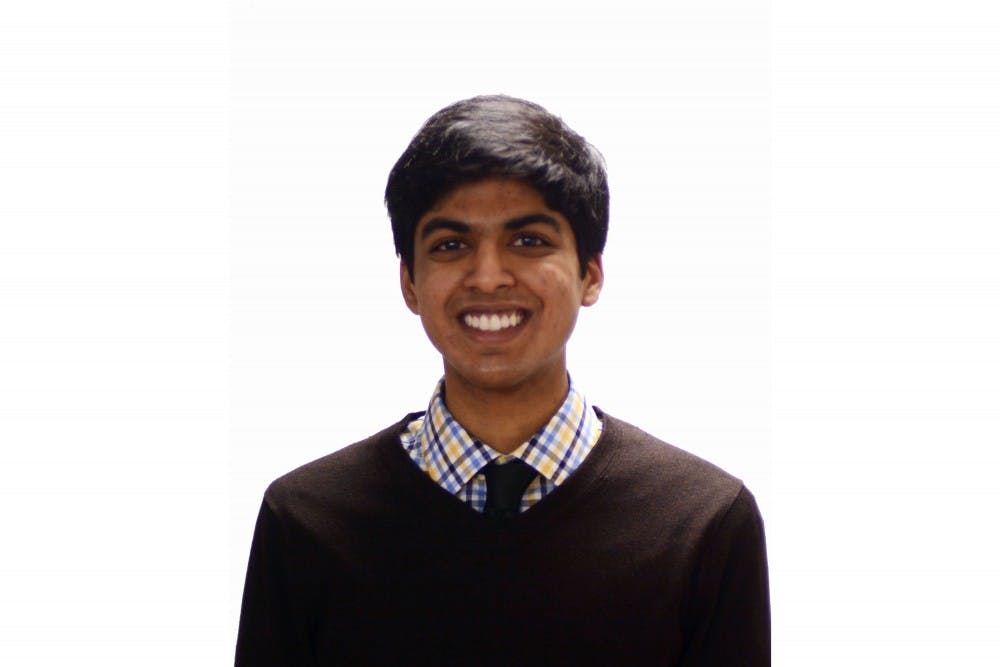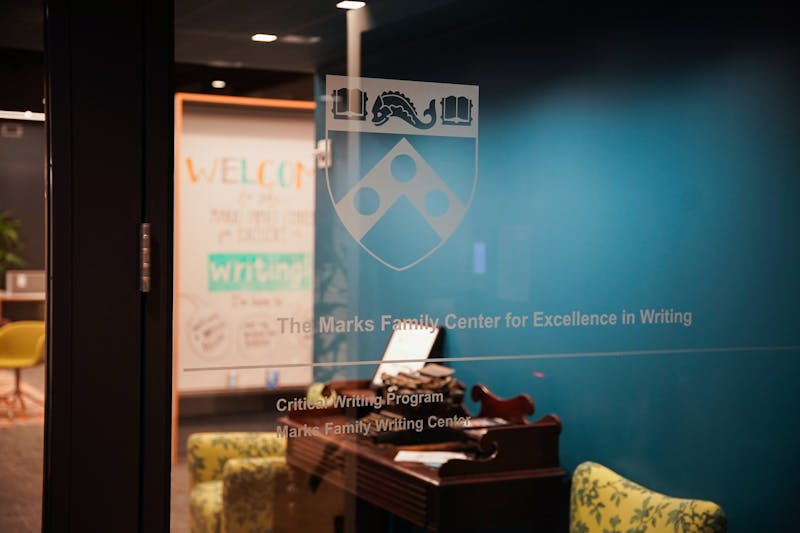Gossip. Cliques. Drama.
Most of the students we interviewed for this article agreed that “brown town,” as the Indian-American community at Penn is known, is driven by these elements and more. We aim to demystify and explain the various components of our experience to eradicate the stereotyping and misconceptions that we have observed.
We spoke with Jessica*, an Indian-American College junior, who described her brown town experience as superficial. “Never before have I had people try to be friends with me just because I am a brown girl. Welcome to brown town. It felt extremely superficial — to bond only over the color of our skin and nothing more.” That being said, she saw “the positives of having a South Asian community on campus — a place to connect over South Asian culture, to meet people with similar backgrounds and to find people going through the same problems as you are.”
Brown town, also occasionally referred to as “SAS,” has a lot of moving parts. We present this definition: The central arena of brown town is the South Asia Society and its nine constituent performing arts groups — Dhamaka, Masala, Masti, Atma, Raas, Naach, Sargam, Naatak and Thillana. They, as well as the members of the SAS executive board and committees, comprise a majority of the visible Indian-American population. (Full disclosure: We both are a part of SAS.)
Indian Americans are of course involved on campus in other spaces. However, brown town refers most generally to the social events that the students who are part of these groups engage in together.
Students overall tended to have nuanced feelings about identity and relationships. Amanda*, a College junior, agreed to an extent with Jessica. “I was pleasantly surprised by how welcoming they were, though it seems like the same set of people are extremely close with each other. If you aren’t good friends with them, some brown town events can seem too cliquey.”
Satya Yerrabolu, a College and Wharton junior, has also had a mixed experience. “When I hear the term brown town, I’m flooded with a rush of emotions that ranges from happiness to contempt, and that finally rests on confusion. ... People outside of brown town regularly look in with disdain or intimidation ... [but it’s] a community of highly motivated, intelligent, loving people who are still diverse and interact like a family.”
Cliques exist all over Penn. It’s college, after all. But what makes group politics particularly difficult in ethnic minority communities is that minority students often rely on this group as a support system and as a place to feel welcomed, as Jessica mentioned.
The Indian-American community specifically faces a number of issues. Given that many are involved in performing arts groups, these issues arise from the the performance of ethnic identity and cultural authenticity. The underlying connection in brown town is shared heritage and identity, and perhaps in order to be a part of the group, one has to express identity in a certain way. Exclusion can thus be quite damaging as it may manifest itself as a loss of part of one’s identity.
Nikita Sood, a College and Wharton sophomore, reflects positively. She maintains that “the connection between SAS and brown town is just like any other organization and its social component. ... There is no ‘list’ to get on or set group of people who can get you ‘in.’”
Almost everyone touched on exclusion, which brought us to wonder: If so many have observed or felt it, who’s doing the excluding?
Chetan Khanna, a College senior, has observed growth in the openness of brown town throughout his involvement in the last three years but acknowledges that it could be his own open-mindedness. He also agrees that “it can definitely be tough if you’re not in a performing arts group, and it can also be tough to enter after circles have formed ... [but] I think some people have the feeling that brown town is rampant of elements of judgy, gossipy and is almost high school-like. I think that’s a little unfair and a bit of a mislabel.”
Despite the diversity of stories, the fact that most students requested to be anonymous speaks volumes about this subject’s sensitivity. Brown town, as related to other social groups, is distinguished only by ethnic identity, but even that could not explain everything that came up. As it is a self-defining community, it is difficult to make conclusions about it. We just know that there are complex and varied emotions present in Indian-Americans at Penn.
*Individual’s name was changed upon request for privacy.
RAVI JAIN is a College junior from Syosset, NY, studying economics. His email address is jainravi@sas.upenn.edu. “Tall, Skinny, Mocha” appears every other Tuesday.
RICH CHAUDHARY is a College and Engineering junior from Quincy, Mass., studying South Asia studies and biomed. His email address is richshaudary@sas.upenn.edu.
The Daily Pennsylvanian is an independent, student-run newspaper. Please consider making a donation to support the coverage that shapes the University. Your generosity ensures a future of strong journalism at Penn.
DonatePlease note All comments are eligible for publication in The Daily Pennsylvanian.









